Lavender is a beautiful perennial best known for its distinctive fragrance and stunning look. Bees, butterflies, and other pollinators love it and will visit your vegetable garden more often if you tuck a few lavender plants in or around it. There are countless varieties of lavender plants, and they can be grown in several different ways. Don’t be intimidated: here’s how to grow lavender plants and enjoy the scent and color they bring to your house and garden.
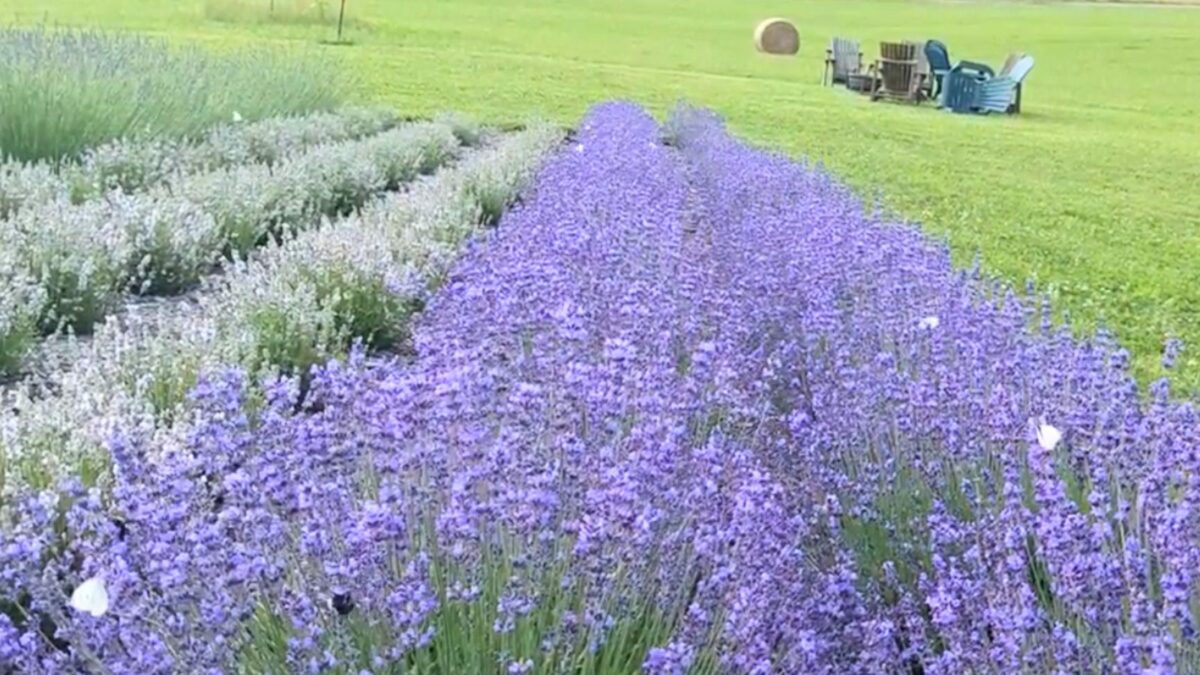
Types of Lavender
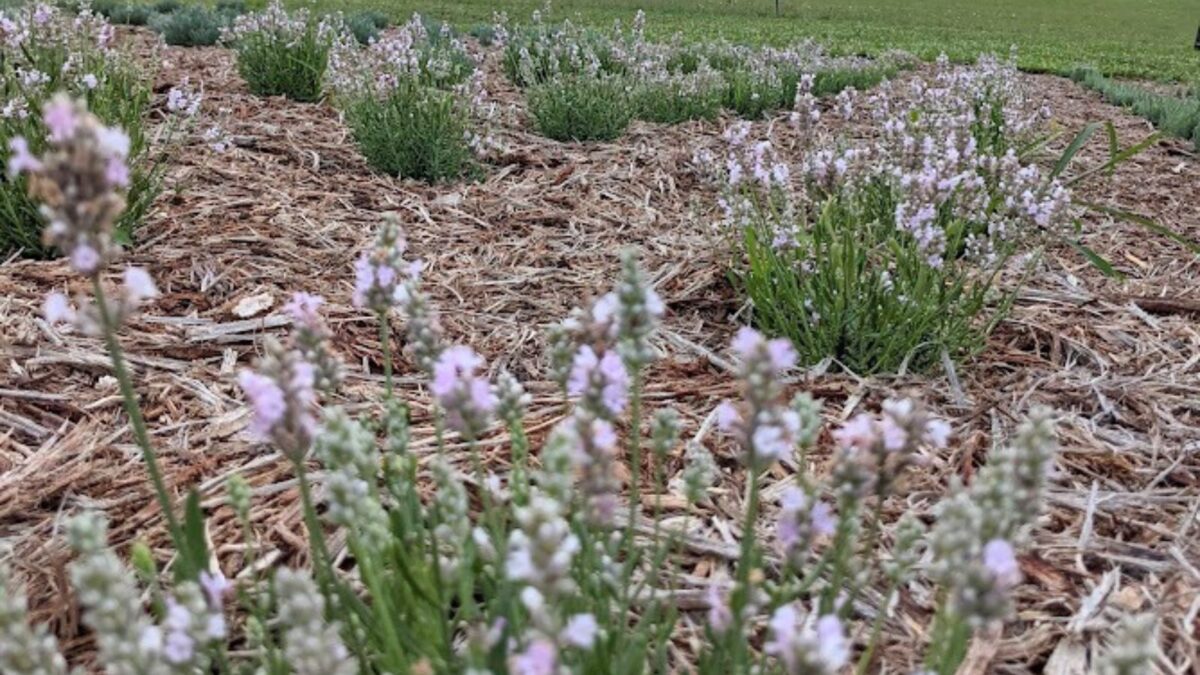
There are more than 45 species and 450 lavender varieties, but a few are well-known.
Chances are good that you will think of traditional English types when you picture lavender plants. Within this category, you will find Vera, Munstead, Hidcote, and Jean Davis varieties, among others. These plants flourish in low-humidity zones and bloom from mid-spring to early summer.
Here’s how to care for English lavender.
Non-English Lavenders include Yellow, Spanish, French, and other species that bloom in early spring. Their flowers are larger and more densely clustered on the stem than the English Lavenders.
See my guide on how to care for Spanish lavender.
Lavandins, or English Lavender hybrids, are late bloomers and begin to flower at the start of the summer months. Provence and Grosso are the most popular Lavandins commonly grown for drying or scented oil extraction.
Culinary Lavender Varieties
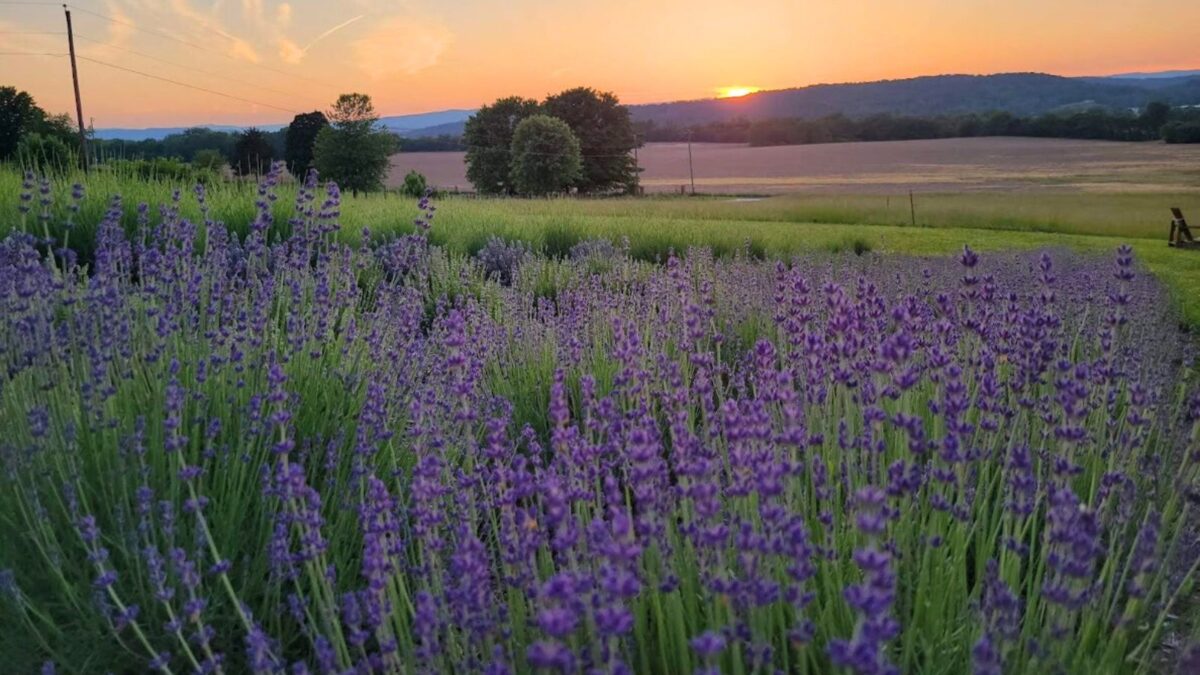
All lavender is edible (meaning it is not harmful), but only some varieties taste good when added to your cooking. Some varieties have too strong of a taste or may be bitter.
Hidcote, Buena Vista, and Folgate are just a few lavender varieties intended for cooking use. Here’s a list of culinary lavender varieties and their uses.
How to Grow Lavender From Cuttings
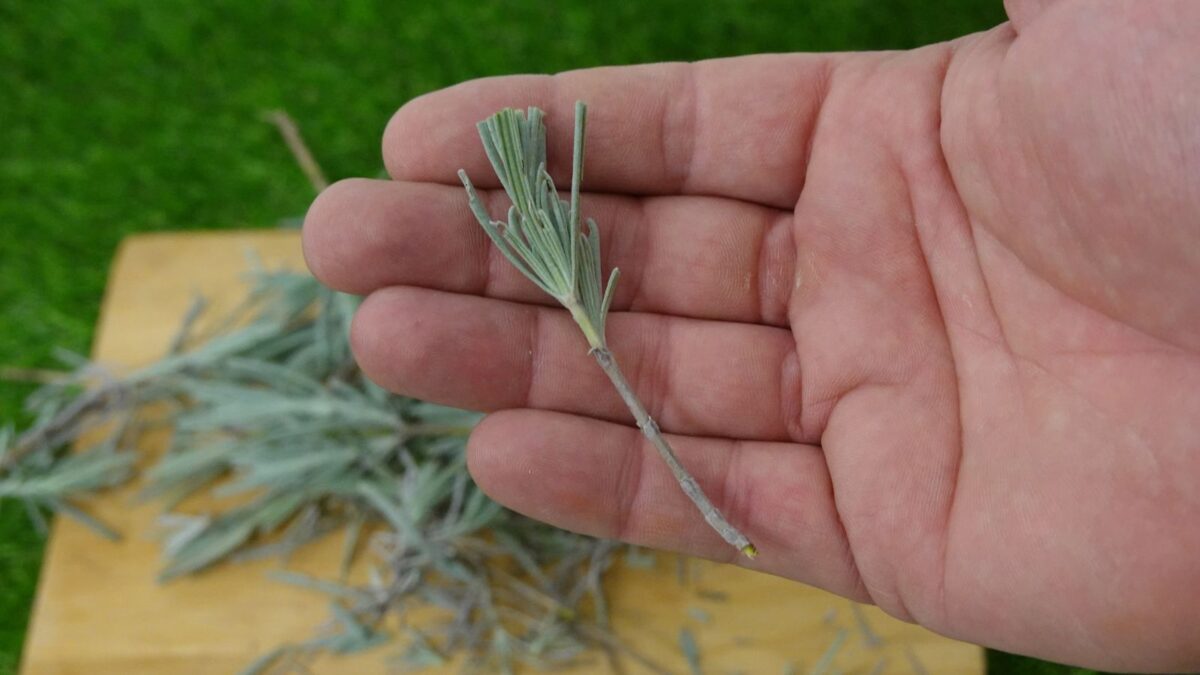
Lavender plants can be grown from cuttings taken from established plants and then potted.
Use a bit of rooting hormone before you stick the cut stem into the pot. You can get free lavender plants from neighbors, friends, and relatives who have Lavender in their yards and are willing to share them with you.
Learn about growing lavender from cuttings.
How to Grow Lavender From Seeds
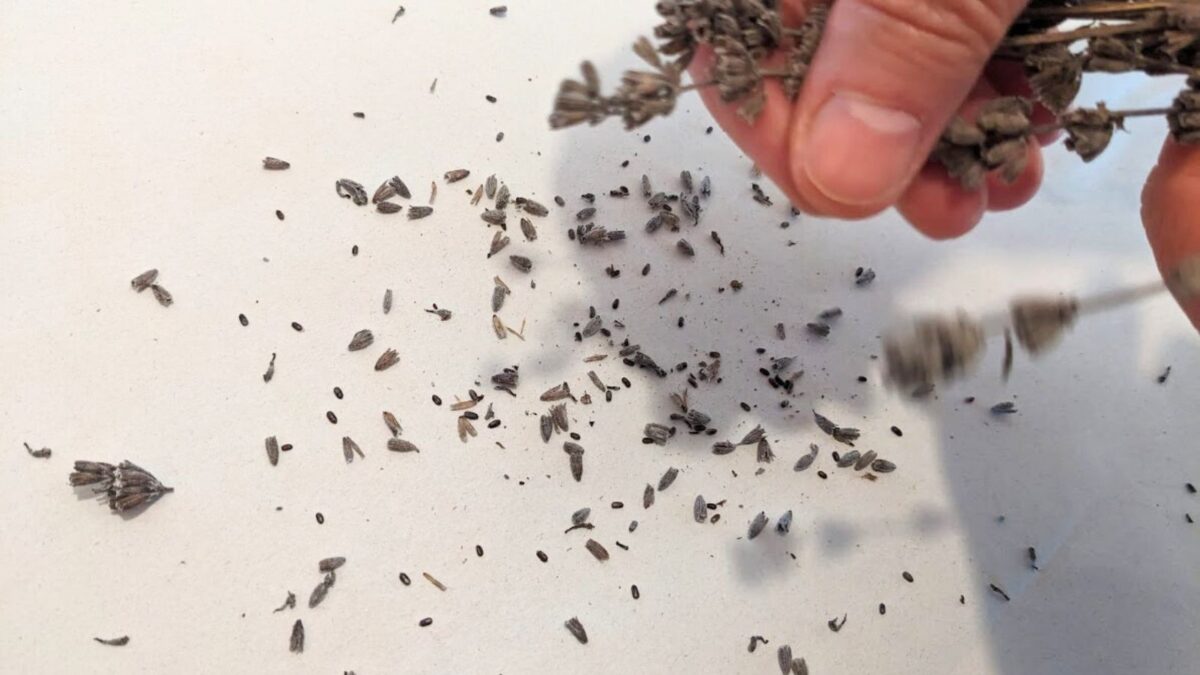
Growing lavender from seeds is not nearly as easy as starting plants from cuttings. First, it’s challenging to find the seeds of certain varieties, and the germination rate is fairly low.
There is also the fact that with cuttings, you know exactly what the resulting plant will look like, down to the leaf size and the shade of purple the flowers will be when they bloom.
Seeds are more of an unknown entity, with the possibility for crosses and varying shades within a single seed packet.
Where to Buy Lavender Plants
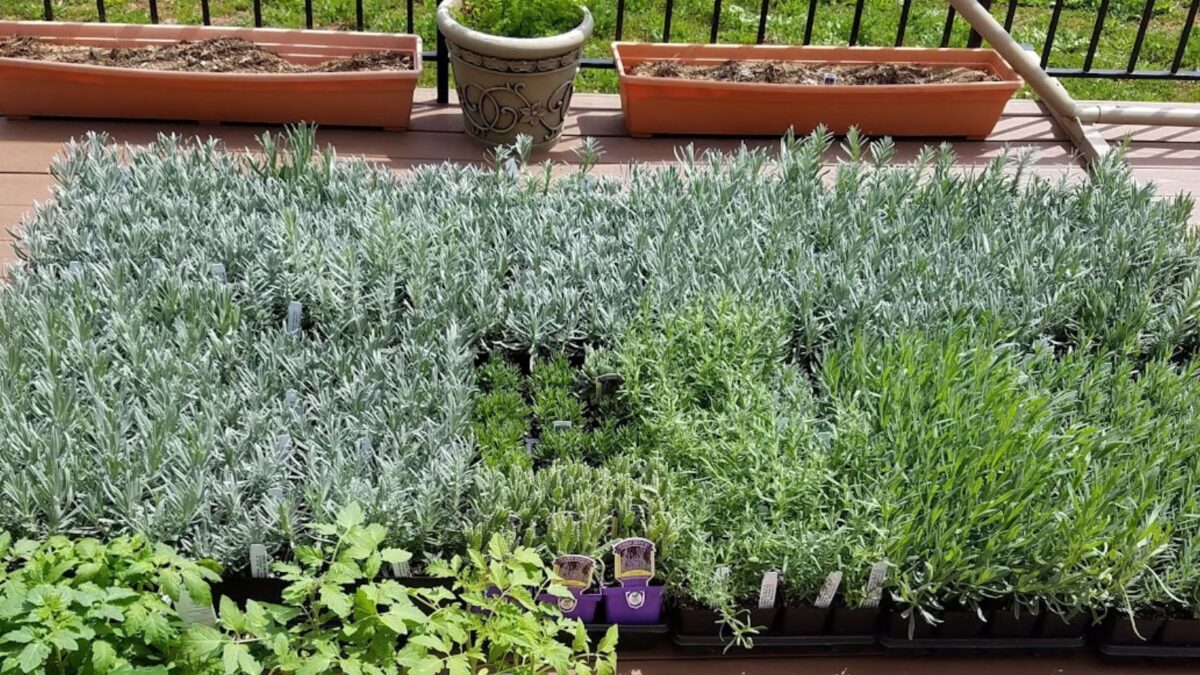
If you’re just starting to grow lavender and don’t want to take a chance growing it from seed, you’ll need to buy your plants from a local nursery (they’ll have plants that grow well in your area).
Check out my tips for buying healthy lavender plants.
Grow Lavender In Pots
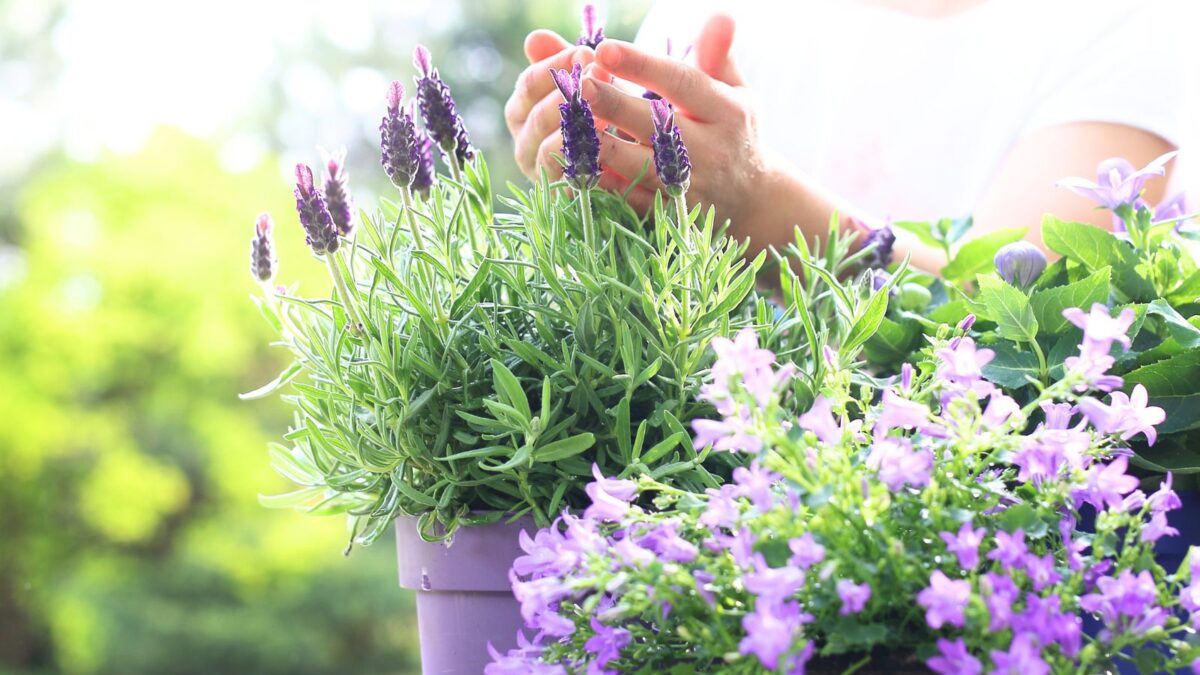
Potted lavender plants can be moved wherever you need a bit of cheer and a burst of fragrance. Find a container you like, add some potting mix, and your lavender plug or transplant.
I love getting a potted lavender by my door! Potted plants can add color and a delicious smell to any space.
Learn about growing lavender in pots.
Where to Plant Lavender
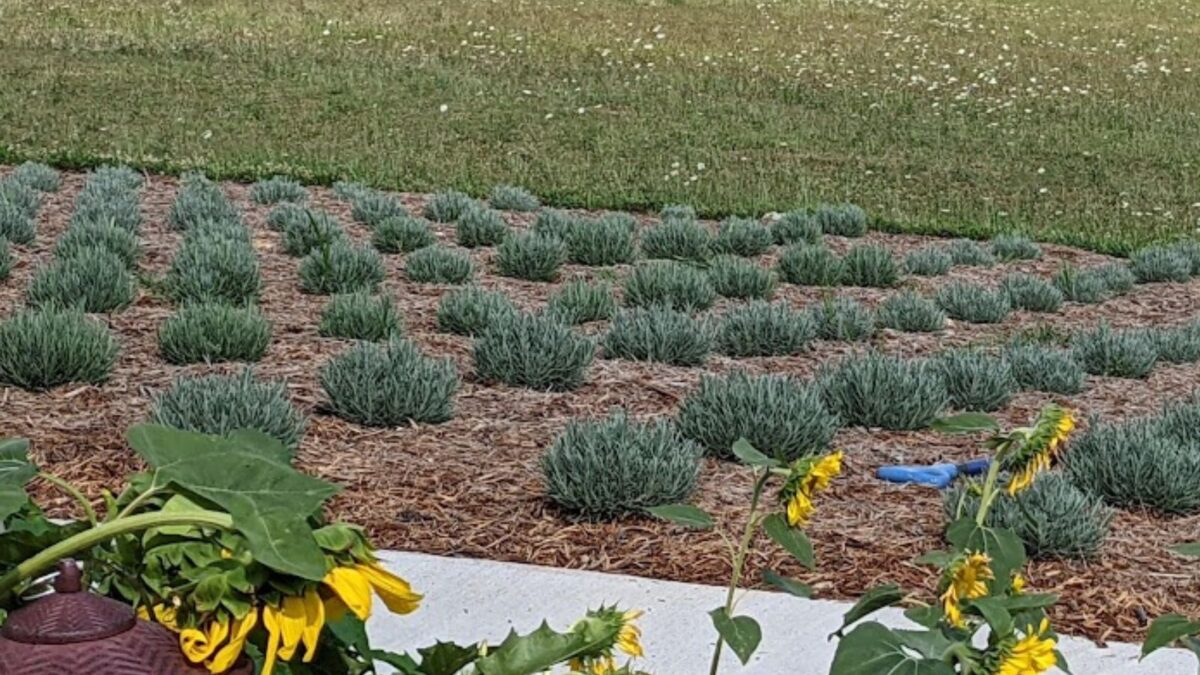
Several important environmental factors must be considered when you decide where to plant your lavender.
Plant lavender in a warm location with good air circulation and well-drained soil.
The beds or pots must be properly drained, with no lingering dampness or a tendency to turn to mud during a good rain shower.
Lavender plants also require good pH-balanced soil, with a number between 6.5 and 7.5 ideal. Once you are ready to plant your cuttings, be sure that the area is clear of weeds and that you have put out compost if you plan on using any.
Fertilizer is unnecessary, particularly if you continue using compost around your plants. It is also important to not over-water your lavender, as excessive amounts of moisture from humidity or overwatering will cause the plants to die. To avoid this, let the plants dry out a bit between waterings without allowing them to become parched.
Lavender plants can be a mainstay in nearly any garden thanks to their lovely fragrance and appearance. Herb gardens without lavender are missing out.
If you select cuttings from healthy plants, sow them in a well-drained, pH-balanced location, and keep them carefully watered, you will have a flourishing lavender crop every spring or summer.
Best Soil for Lavender
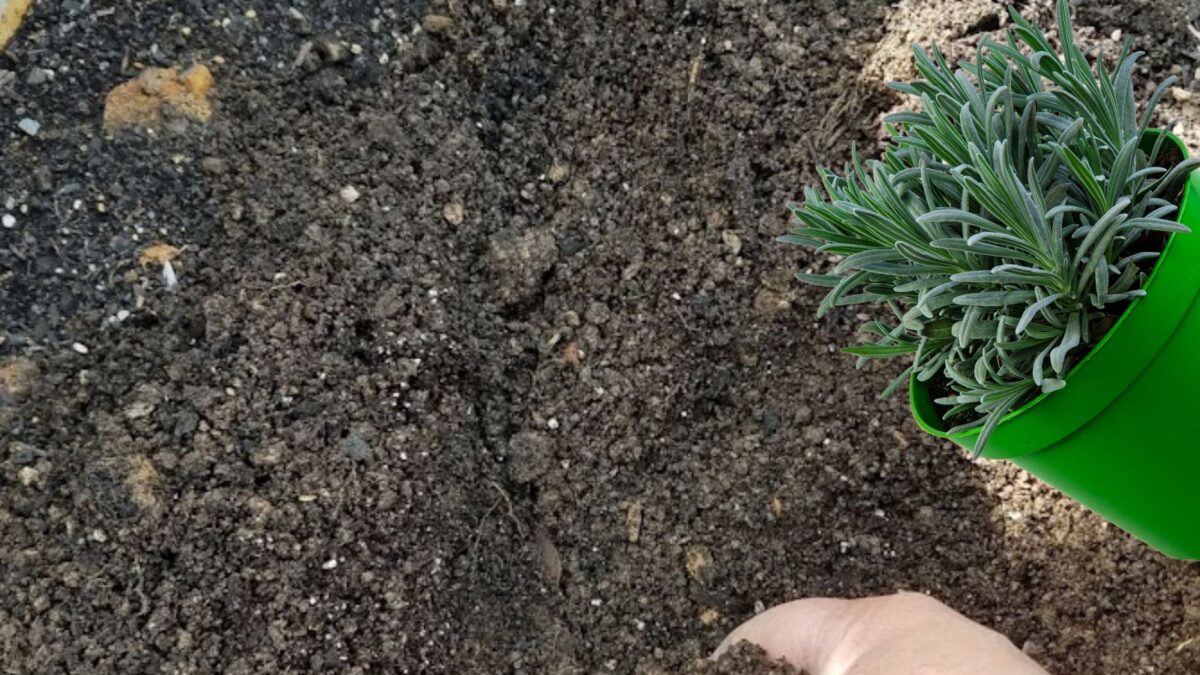
You need the right soil to grow a garden with lush purple mounds of French lavender. You can make your own soil mix to provide lavender plants with the right conditions, especially if you need to keep your lavender in a pot.
See how to make the best potting soil for lavender.
What to Plant With Lavender
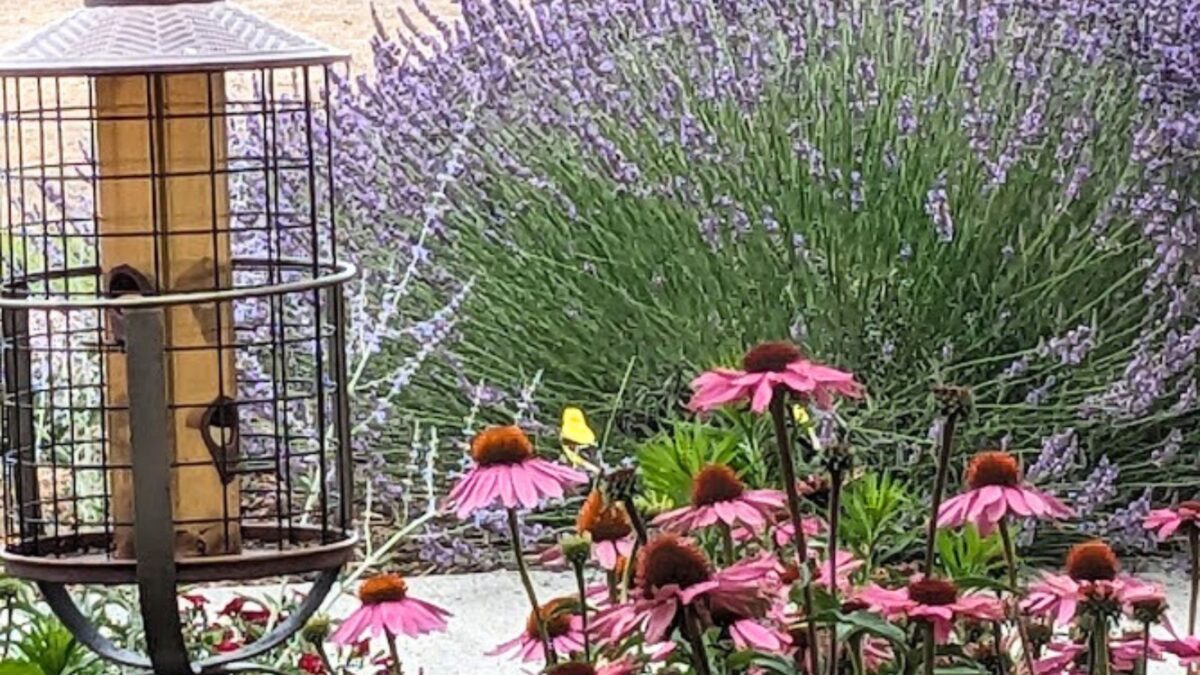
A GORGEOUS mix of summer flowers: these coneflowers mixed in with lavender flowers are pretty to look at and great to smell.
These plants make great lavender companions.
How to Harvest Lavender
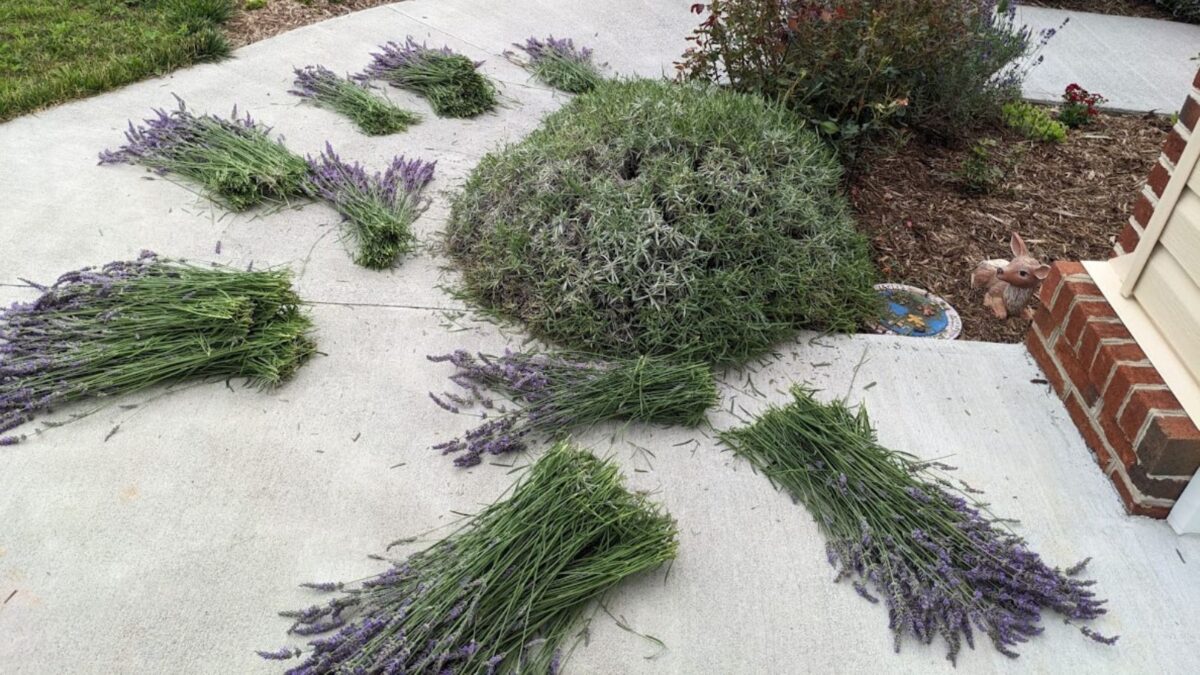
Harvesting lavender is easy. It’s best done in the morning, right after the dew dries up. Grab a handful of stems and trim them above a leaf node or a side branch. If you plan to dry it, secure the stems with a rubber band and hang them upside down to try in a cool, dry place.
Learn how to harvest lavender and what to do with it.
How to Dry Lavender
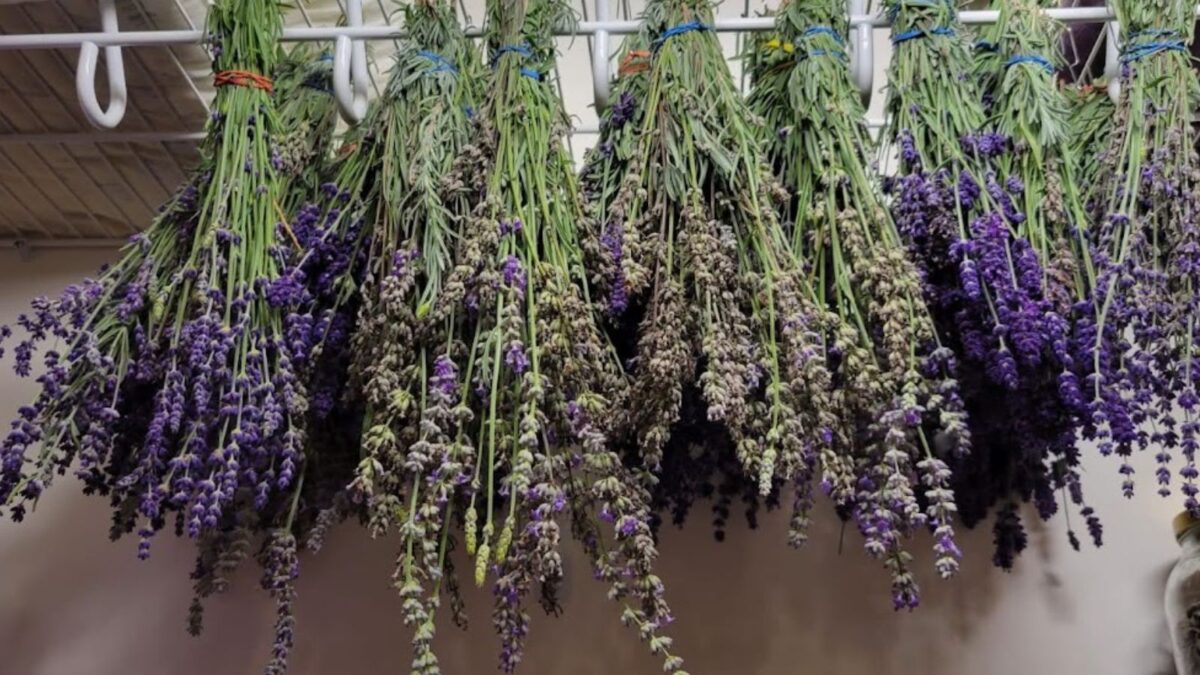
After harvesting lavender, hang them upside down in a dark, dry, breezy place, and enjoy dry lavender for all kinds of fun projects.
How to Store Dried Lavender
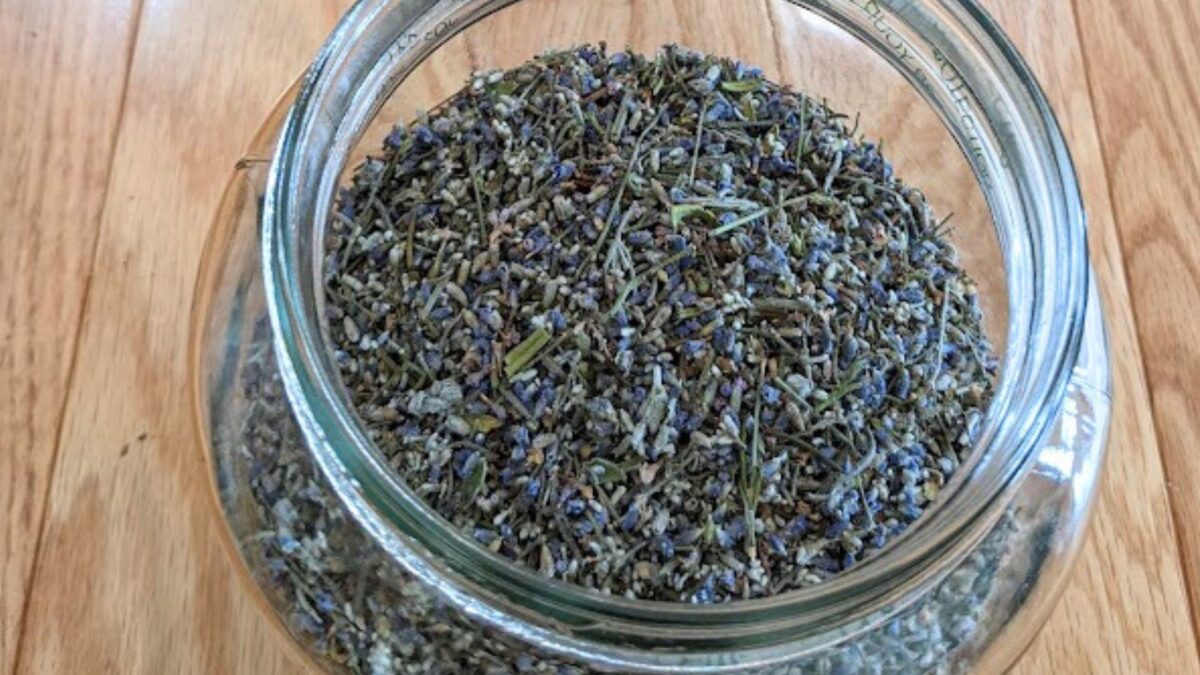
Dried-up lavender, ready to use in sachets, teas, soaps, lotions, and many other pretty-smelling things, must be stored in a tightly closed container away from the light.
Check out these eight easy tips for preserving your lavender harvest.
How to Make Lavender Simple Syrup
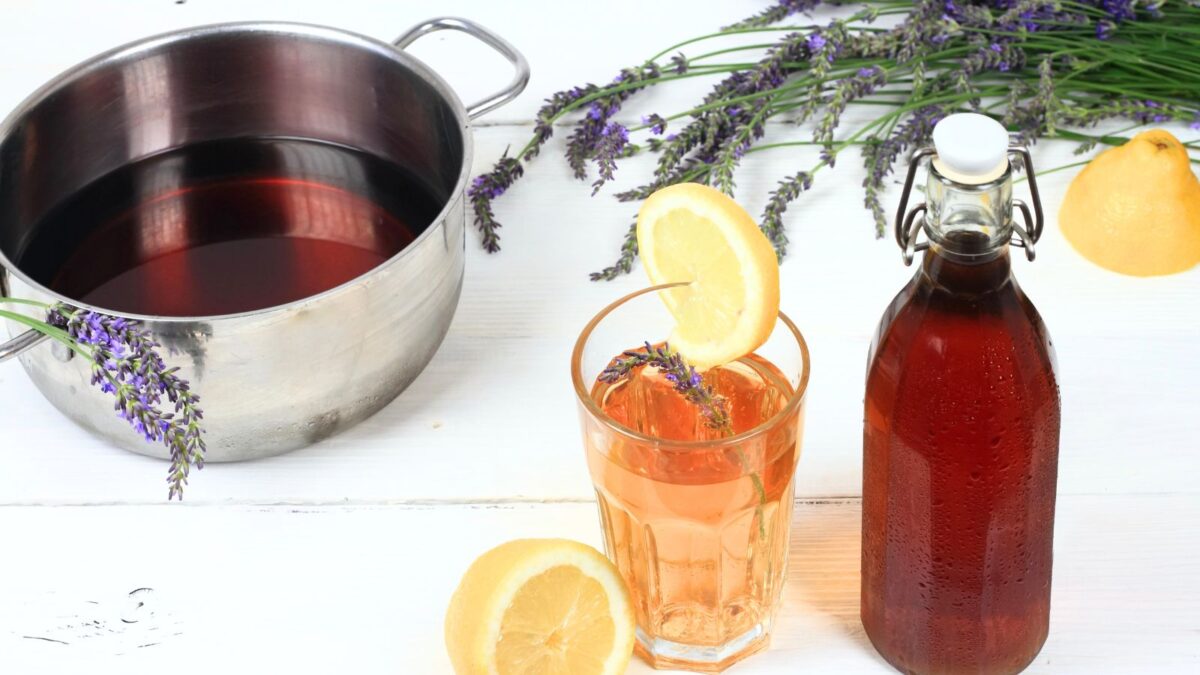
If you grow culinary lavender, make some lavender simple syrup: it’s easy to make and a great gift for Mother’s day.
You can use this syrup to sweeten and flavor your homemade drinks, such as teas and coffee, or instead of pancake and waffle syrup.
Here’s the recipe for making lavender simple syrup.
Make Lavender Sachets
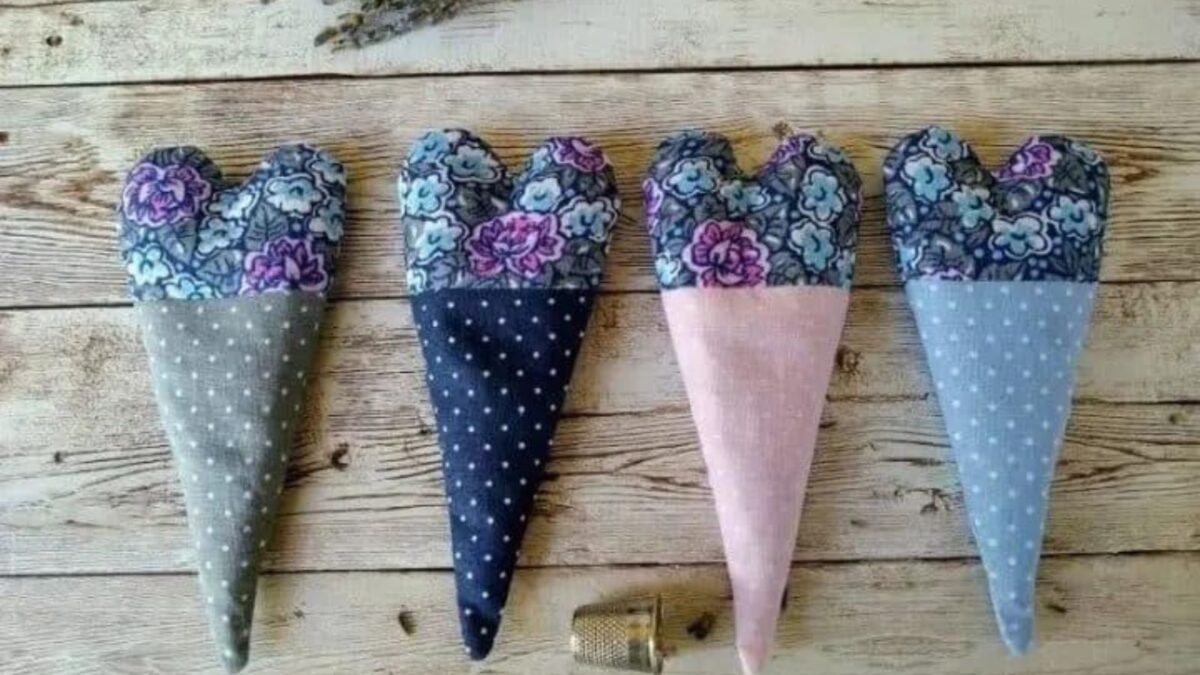
Use some of the dried lavender from your harvest to make some lavender pillows and sachets. You can use some fabric remnants or material from a favorite piece of clothing you can no longer wear to create beautiful pouches.
Here are several ideas for lavender sachets: heart-shaped, butterfly-shaped, and even some unique dress-shaped sachets.
Plants With Flowers That Look Like Lavender
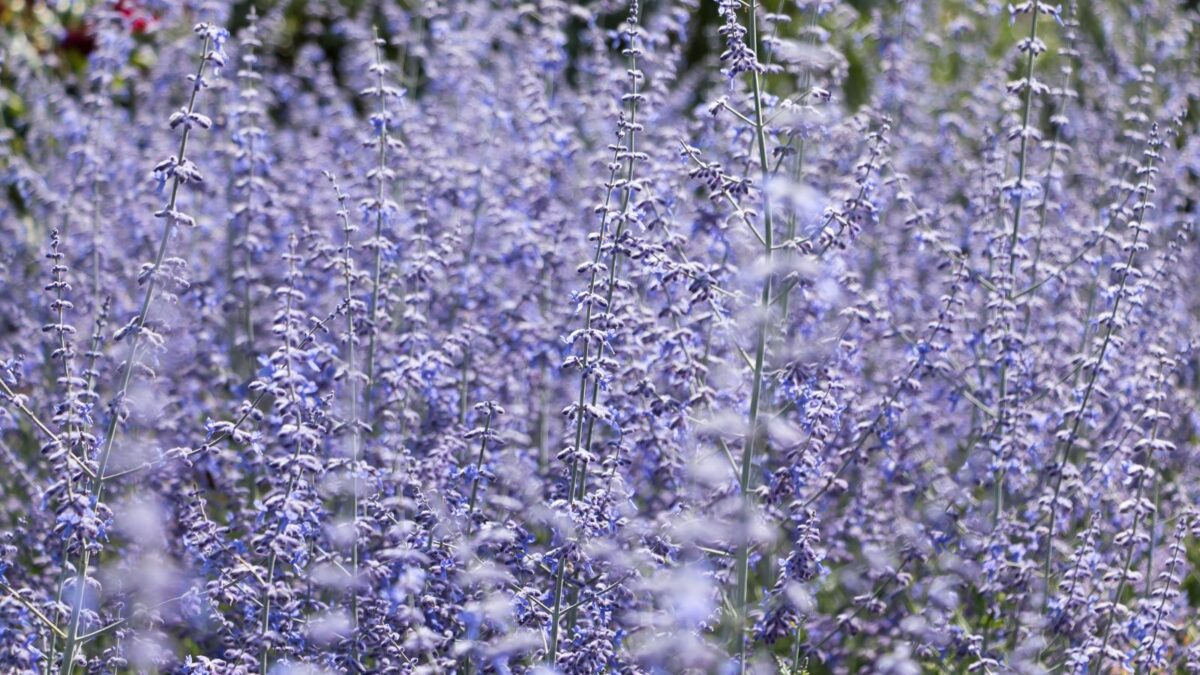
If you like lavender but your area is not friendly to lavender needs, you can plant some alternatives. One of the best lavender look-alikes is Russian sage, but others include rosemary, hyssop, catmint, and more.
I have a list of 9 lavender look-alike flowers with pictures: see which ones you’d like for your garden.
Best Lavender Farms To Visit This Summer
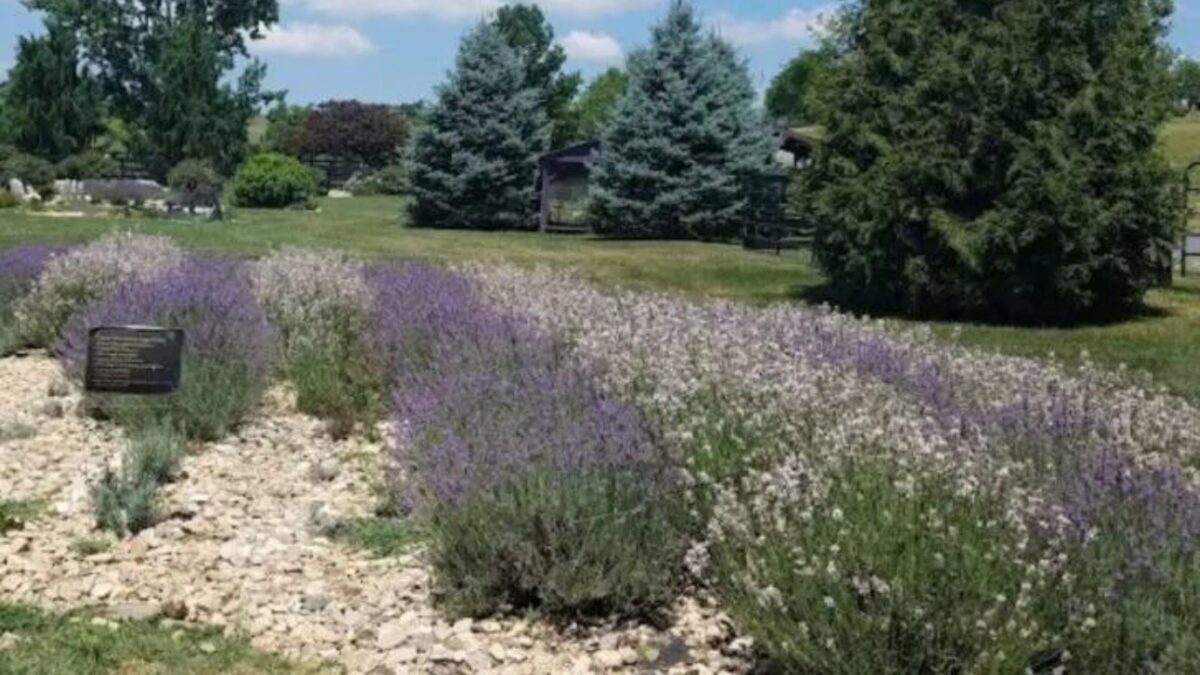
There’s nothing like being surrounded by calming, sweetly scented, purple lavender flowers. The bees’ hum and the butterflies’ dancing make it an amazing experience.
You’re missing out if you’ve never been surrounded by blooming lavender. Find a lavender farm in your state and take your family for a visit. It’s an experience you’ll never forget.
Learn More About Growing Lavender
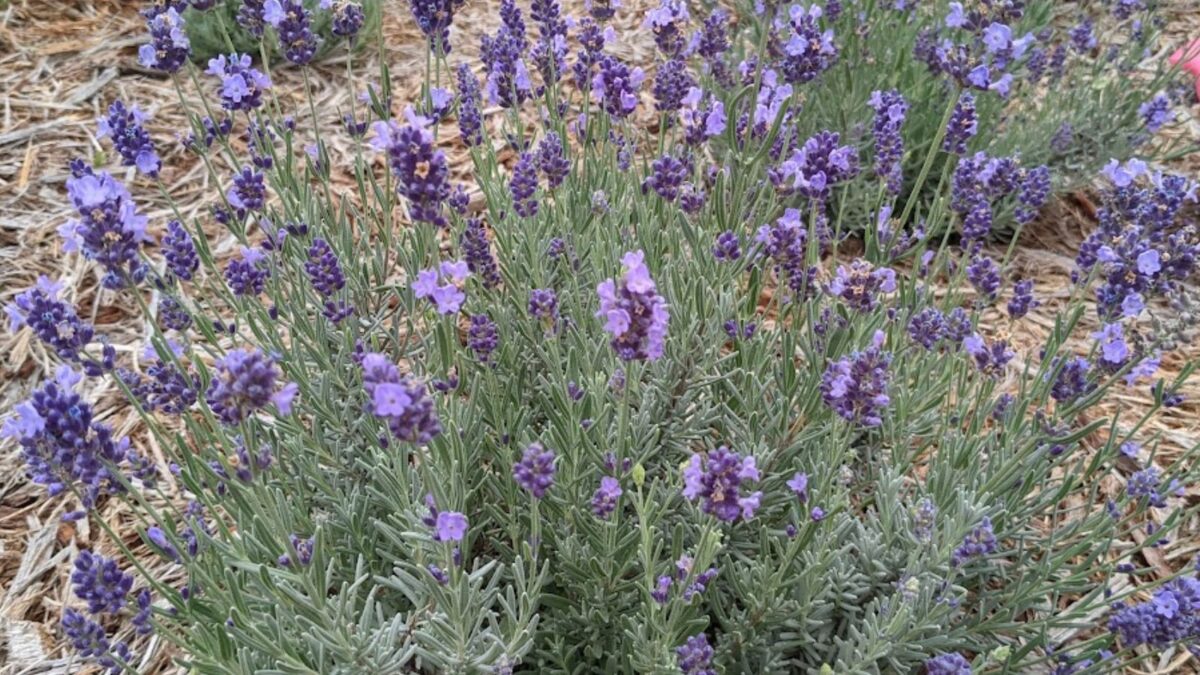
I hope you’re excited about lavender, and plant at least one in your garden (or a pot on your porch). To learn more about growing lavender, you may want my book How to Grow Lavender for Fun and Profit: Lessons Learned from Planting Three Hundred Lavender Plants.
Or read more guides here:

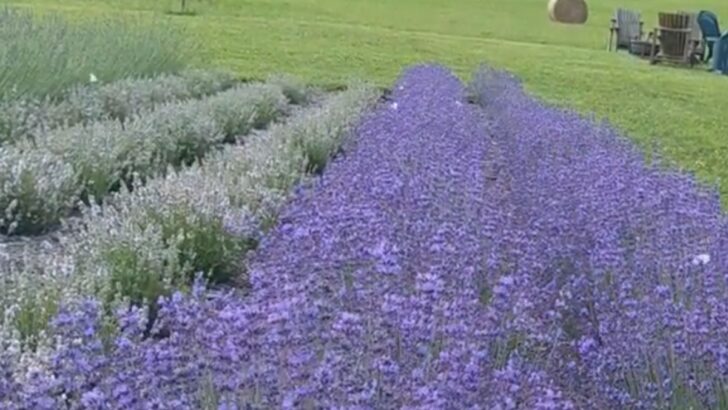

Maria Valdez
Saturday 23rd of March 2024
My new lavender plants became very large last year, and they laid over from the middle. What can I expect from them this year.
Adriana Copaceanu
Sunday 24th of March 2024
I would trim them about 1/3 this spring ans see if they bounce back.
10 Peaceful Backyard Ideas To Help You Relax And Unwind
Thursday 10th of August 2023
[…] favorite fragrant flowers are lavender and roses. Plant lavender in a dry sunny spot, and get some old-fashioned English roses: they come in many different colors and smell […]
7 Easy Tips For Creating A Garden For Wildlife
Thursday 3rd of August 2023
[…] lavender (learn how to grow lavender) […]
The Best Potting Soil For Lavender For Healthy Summer Blooms
Sunday 16th of April 2023
[…] Lavender also likes full sun and warm, dry conditions, so consider these when placing your new plants. Learn more about growing lavender. […]
16 Lovely Flowers That Start With L
Monday 10th of April 2023
[…] Plant lavender along walkways to enjoy the scent wafting up as you brush by, or enjoy its feathery, gray-green foliage and lovely bottle-brush flowers anywhere with full sun, including containers. Just make sure it has excellent drainage, as lavender will not tolerate wet soil. […]